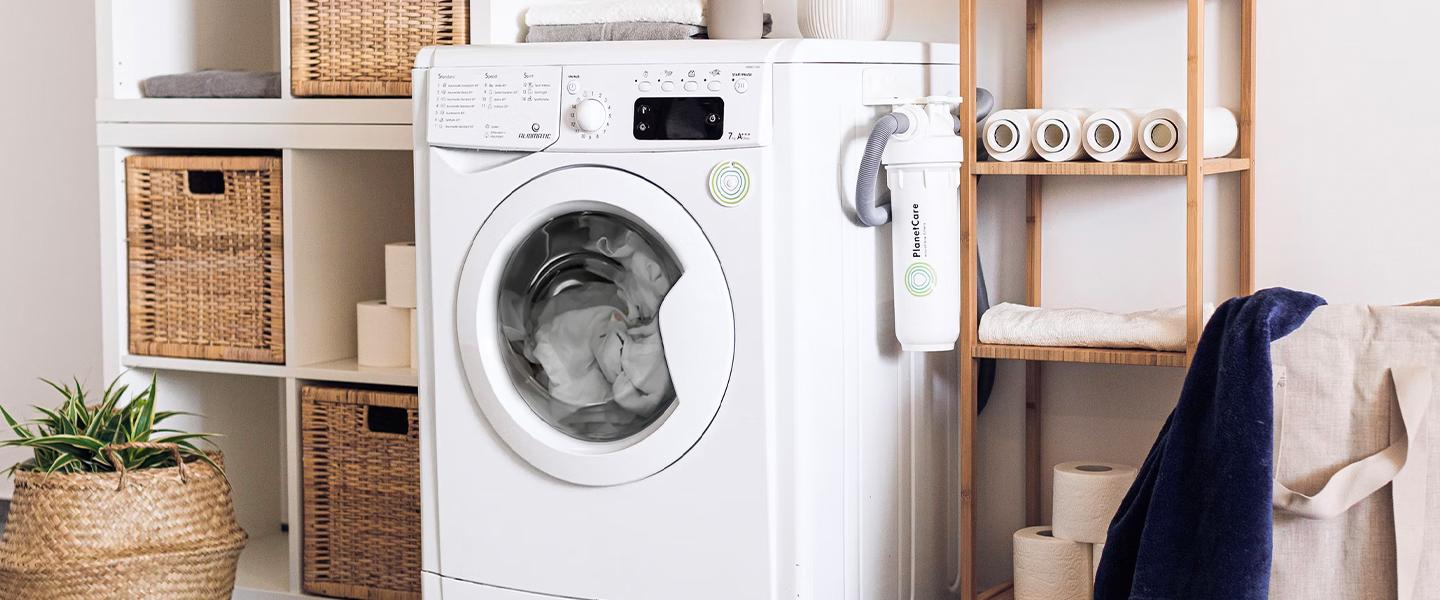How to Wash a King Size Duvet At Home
You've upgraded your bed to a king and have a brand-new king size duvet and sheet set to boot. However, you’re eventually going to need to wash that massive duvet. If you've never washed one yourself, you might be curious about how to wash a king-size duvet at home to ensure that you care for it properly.
Keeping your oversized duvet clean shouldn't be too challenging if you have a large-capacity washing machine. Still, it's helpful to know the process of washing a king size duvet to keep it from snagging or discolouring in your washer.
This guide will teach you everything you need to know about how to wash a king-size duvet at home to save you money at the launderette.
What Is a King Size Duvet?
A king size duvet is a quilted blanket designed to fit king-size mattresses and beds. A king size mattress measures 150cm x 200cm, so a king duvet measures a few centimetres wider and longer to allow for some extra material draped over the sides and end of the bed.
Although people often use the terms duvet and comforter interchangeably, a duvet is not a one-piece blanket like a comforter. Instead, you'll need to buy a separate cover if you'd like to keep your duvet protected. When you buy a duvet, you typically buy the insert only.
King size duvets come filled with different materials, including goose down or hollowfibre, to meet each sleeper's needs for comfort, warmth, and anti-allergenic properties.
How Do You Wash a King Size Duvet? A Step-By-Step Guide
Follow along with this guide to learn how to wash a king-size duvet at home in your washing machine.
Tools and Materials You Will Need
First, gather what you'll need for the job. If your duvet has any stains on it, you'll need a laundry pre-treating spray. Otherwise, you need a laundry detergent that's safe for your duvet material — check the duvet's label or washing instructions to make sure you have a suitable one — and a couple of wool dryer balls or tennis balls and socks to put them in.
Step 1: Remove the Duvet Cover
If your duvet has a cover, remove it before washing. Wash the duvet cover separately according to the instructions on the label.
Removing this first allows you to get the most thorough cleaning of your duvet without the cover getting in the way. Some covers are also thick and heavy, which could make fitting your duvet in the washing machine challenging.
Step 2: Pre-treat Stains
Pre-treat any dirt or sweat stains following the cleaner's instructions. In most cases, you'll need to leave the pre-treater on each stain for several minutes before washing. Stubborn stains might need some extra time. However, avoid leaving the pre-treater on for longer than suggested, as some can discolour the duvet's material over time.
Step 3: Read the Label
Before washing, read the label on your duvet. The label will indicate the care instructions, including whether your duvet is safe to put in the washing machine. If it is, you can learn what settings the manufacturer recommends for it, such as washing it on cold or on a gentle cycle.
The label also notes how to dry the duvet. Some duvets should not go in the dryer and should get line-dried instead, but don’t worry, it is possible to dry a duvet without a dryer in no time. Check out our blog on How to Dry a Duvet Without a Dryer for some handy tips on how to do this.
Step 4: Place It in the Washer
Your duvet is now ready for the washer. When placing it inside the drum, add sections of the duvet loosely. Drape the sections around the agitator, if you have one, or around other sections of the duvet in a circular pattern.
If you feel you need to cram the duvet inside the drum for it to fit, your washing machine is probably too small to handle a king-size duvet and you will need to take it to a specialist or launderette to wash.
Step 5: Add Dryer Balls to Prevent Clumps
While this isn't a necessary step, it can certainly help prevent your duvet from clumping when the drum spins during a washing cycle.
Add either a wool dryer ball or tennis ball to a long sock, and tie the sock to keep the ball inside. Make two or three of these and add them to the drum, spacing them out slightly. As the duvet washes, the balls help separate its sections, giving it a more thorough clean.
Step 6: Add Laundry Detergent
Pour laundry detergent into the machine according to your washer's instructions. Some washing machines have a space within the agitator to pour detergent, while others include a slide-out compartment.
Older machines may require you to pour the detergent directly into the drum. We suggest not pouring detergent onto the duvet for these washers to avoid staining the fabric. Instead, pour it into the drum and then add the duvet.
Step 7: Set the Controls
Follow the instructions on the duvet's label as a guide to set the controls on your washing machine. If your washer has a bedding setting, it may be the best one to use for your duvet.
In most cases, a gentle cycle using warm water is best for a duvet, but this varies depending on the materials.
Be sure to check that your water level is not set too high if your washing machine does not have automatic sensors.
Step 8: Check the Duvet and Do an Extra Wash or Rinse If Necessary
After the washing cycle finishes, check that the duvet looks clean, particularly the spots you pre-treated. Sometimes, an extra wash is necessary to clean any residual stains or dirt.
If everything looks clean, you might still want to run the duvet through another rinse cycle to ensure that all detergent and residue washes out. Most washers have the option of adding an extra rinse, but you can also complete a regular wash cycle without adding more detergent.
Step 9: Consider an Extra Spin
Bulky duvets may need another spin cycle to remove excess water before going into the dryer. If your duvet still feels very wet and heavy after washing, set your washer for a spin cycle, if available.
Step 10: Move It to the Dryer
Carefully remove the duvet from the washer, ensuring that the material doesn't snag on any part of the drum or washing machine. Then, move it to the dryer, and set the controls according to the manufacturer's label. Usually, you'll want to dry on a low heat setting.
If your duvet can't go in the dryer, find a clean, flat place to lay it to dry, or hang it on a clothesline to air dry.
Step 11: Fluff and Dry Again If Needed
Duvets dried in a dryer sometimes don't have quite enough room to move freely and dry thoroughly. After the drying cycle is complete, remove the duvet, fluff it up, and turn the inside sections out to check the dryness.
Place it back in the dryer for several more minutes to continue drying completely.
How to Spot Clean a King-Sized Duvet
Sometimes, you might need to clean a spot or two of your king size duvet without doing an entire wash cycle or before you complete a wash. These steps walk you through washing a king-size duvet at home using the spot-clean method.
Step 1: Gather Your Cleaning Items
Before spot-cleaning, check the duvet's label to learn what cleaners are safe to use on it. To spot-clean your king size duvet, you'll need water in a spray bottle, a toothbrush, a stain remover that's compatible with your duvet materials, and a clean cloth. Also, find a waist-level, flat surface to work on, like a table or bed, in a place with good lighting.
Step 2: Move the Filling
Now, find the area you want to treat. Move the filling away from that area by holding onto the fabric and gently shaking the duvet. This lets you work on the outer fabric without getting water and cleaner on the filler materials.
Step 3: Wet the Stain
Spray water on and around the stain so that it's damp but not saturated. If you have stains in a few different areas, wet and treat just one area at a time.
Step 4: Add Stain Remover
Pour a small amount of stain remover over the stain. Next, use the toothbrush to gently scrub the stain and the immediate surrounding area, letting the cleaner work its way into the stain. For less stubborn stains, gently rubbing the cleaner into the fabric with a cloth should work.
Step 5: Let It Sit
Allow the stain remover to sit for 10-15 minutes, or according to your cleaner's instructions. Stubborn stains may require a few extra minutes of treating time, but be careful about allowing the cleaner to sit for longer than the duvet manufacturer's or the cleaner's suggestions.
Step 6: Check and Repeat If Necessary
Once the duvet's pre-treating time is up, spray a small amount of water on the area and wipe it with a clean cloth. Check that the stain is gone. If not, repeat the procedure.
Step 7: Wash and Dry the Duvet
Spray some water on the area and wipe clean with the cloth until the site is free from the cleaner and residue. Then, allow to air dry for an hour or so, depending on the thickness of your duvet and the type of material.
If the stain has disappeared, you can now wash and dry your duvet using your washer and dryer. Or, if you only have a few more spots to clean, continue to spot-clean them using this process until you're ready to wash the duvet.
Washing a King-Sized Duvet FAQ's
Our step-by-step guides should give you most of the information on how to wash a king duvet at home properly. The following questions and answers provide extra details to keep your duvets looking and functioning their best.
How often to wash a king-sized duvet?
It’s best to was your duvet a few times a year, or at least bi-annually. You should consider increasing the frequency if you happen to sweat a lot at night or suffer from allergies that invade bedding, like pet dander and dust mites.
Remember that your duvet and duvet cover are two separate pieces of bedding. You might want to wash your king-sized duvet cover more frequently than the duvet insert, as it's the part that comes into contact with sweat and germs the most.
Can you wash duvets in the washing machine?
It's generally safe to wash duvets in the washing machine if you have a large-capacity washer and your duvet is washer-safe. Check its label before washing to ensure that its materials are safe for your washing machine.
You can hand-wash a king-size duvet with delicate laundry detergent and a bathtub if you don't have a washing machine.
To do so, fill a bath halfway with warm water, and add laundry detergent. Then, use your hands to rub the duvet material together in the water, taking small sections at a time, for 10-15 minutes. Finally, empty the tub and rinse the duvet thoroughly with warm water before drying in a machine or line-drying.
If necessary, soak the duvet in the water for 30-60 minutes before hand-washing.
Can I wash a king-size duvet in a 7kg washing machine?
Generally, a 7kg washing machine can comfortably wash a double duvet but not a duvet for a king-sized bed. Although your duvet might fit after squeezing it into a 7kg drum, it probably won't get a reliable and thorough cleaning. You could also risk breaking your washing machine if it goes off balance from trying to wash a bulky duvet.
What size washer do I need for a king size quilt?
We recommend a 9kg washing machine or larger for a king-size duvet. For the best, most thorough wash, your duvet should fit in the drum loosely, allowing water and detergent to flow through the drum and duvet freely. Even some thicker king size duvets may not fit properly inside a 9kg washing machine. Ideally, you'll need a 10kg to 12kg washing machine.
Find the perfect king size duvet for your bed
At Sleepseeker we have a wide range of king size duvets available for you to choose from, including luxury duvets, hollowfibre duvets and feather duvets.
You can also refresh your whole bedding alongside your duvet with brand new pillows including luxury pillows, mattress toppers and mattress protectors from our extensive collection.
What's trending now...
-
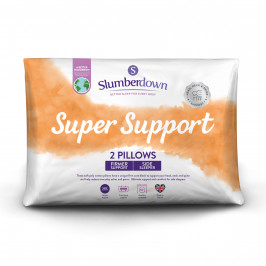
Slumberdown Super Support Firm Support Side Sleeper Pillow, 2 Pack
£17.00
Shop Now -
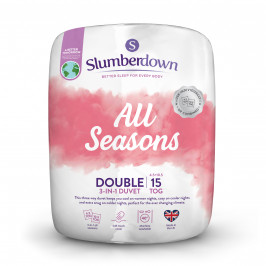
Slumberdown All Seasons Combi 15 Tog (10.5 + 4.5 Tog) Double Duvet
£30.50
Shop Now -
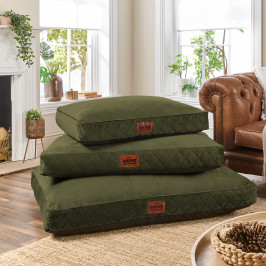
Slumberdown Paws for Slumber Olive Green Pet bed, Medium
£39.00
Shop Now -
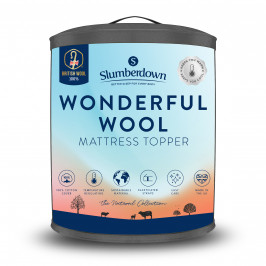
Slumberdown Wonderful Wool Mattress Topper
From: £54.50
Shop Now -

Slumberdown Paws for Slumber Extra Large Pet Bed Spare Cover, Grey
£20.00
Shop Now -
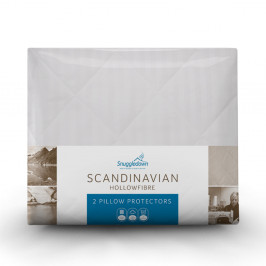
Snuggledown Scandinavian Hollowfibre Pillow Protector - Pack of 2
£15.00
Shop Now -
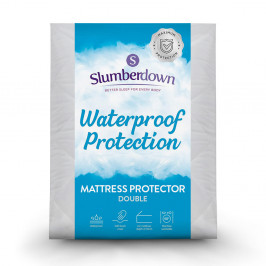
Slumberdown Waterproof Mattress Protector - Double
£17.50
Shop Now -

Snuggledown Intelligent Warmth Heated Topper - King
£125.00
Shop Now -

Slumberdown Paws For Slumber Sherpa Pet Bed, Medium
From: £25.00
Shop Now -
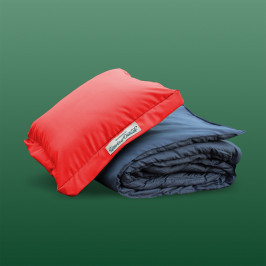
Slumberdown Unwind Outside 2-in-1 Waterproof Cocoon Set, Burnt Orange
£30.00
Shop Now -
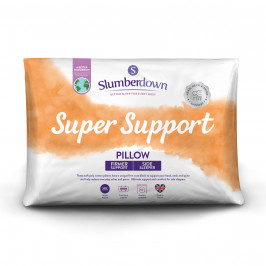
Slumberdown Super Support Firm Support Side Sleeper Pillow
From: £17.00
Shop Now -
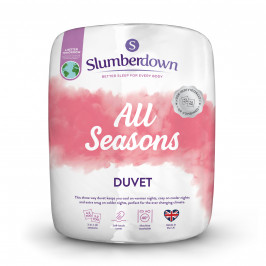
Slumberdown All Seasons Combi Duvet
From: £25.50
Shop Now -

Slumberdown Paws for Slumber Medium Pet Bed
From: £39.00
Shop Now -
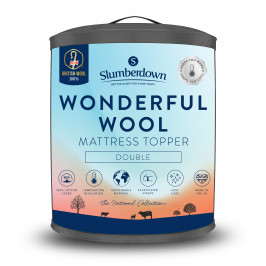
Slumberdown Wonderful Wool Mattress Topper, Double
£54.50
Shop Now -

Slumberdown Paws for Slumber Extra Large Pet Bed Spare Cover
From: £20.00
Shop Now -
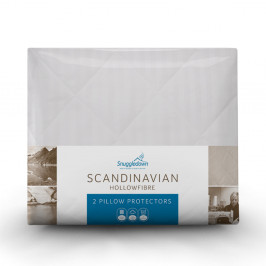
Snuggledown Scandinavian Hollowfibre Pillow Protector
From: £15.00
Shop Now -
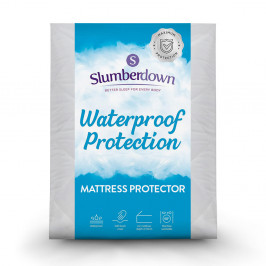
Slumberdown Waterproof Mattress Protector
From: £16.00
Shop Now -

Snuggledown Intelligent Warmth Heated Topper
From: £110.00
Shop Now -

Slumberdown Unwind Outside 2-in-1 Waterproof Cocoon Set
From: £30.00
Shop Now -
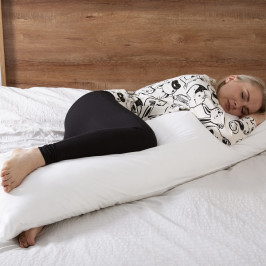
Slumberdown Body Support Pillow, 1 Pack, Includes 100% Cotton Pillow Case
£20.00
Shop Now -
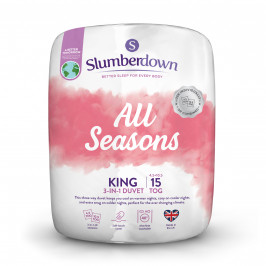
Slumberdown All Seasons Combi 15 Tog (10.5 + 4.5 Tog) King Size Duvet
£34.00
Shop Now


